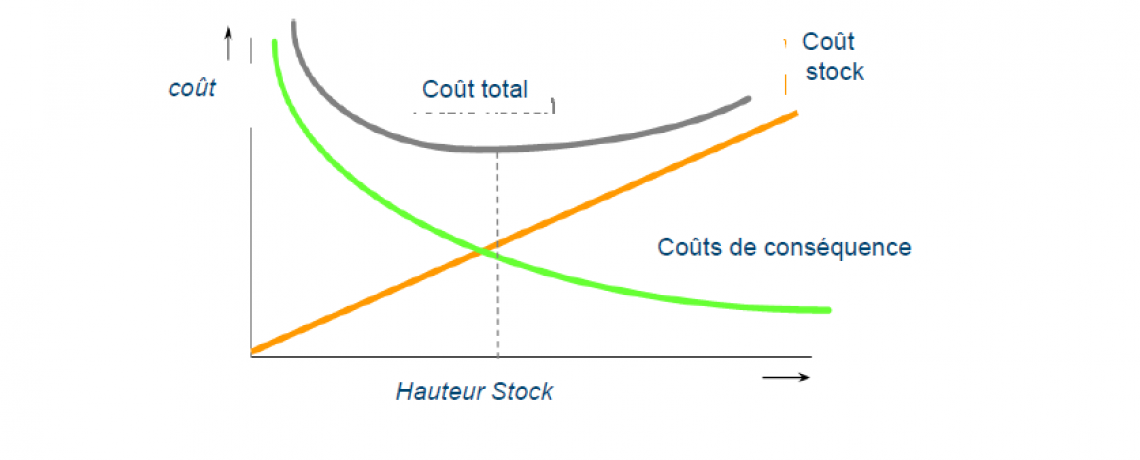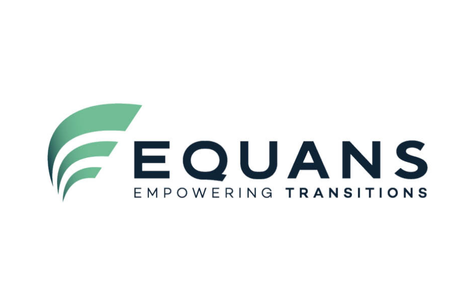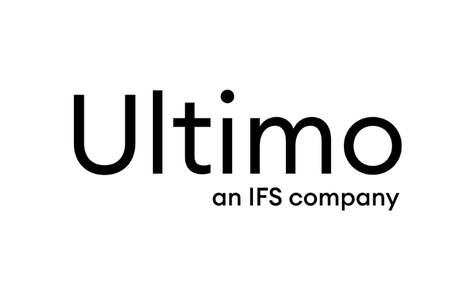Spare parts Management
Learn how to better manage stocks, prioritise equipment...
In maintenance, a structure is necessary: budget, risk analysis, maintenance plans, technical characteristics, technical performance...
Having a high stock level is an expensive insurance policy. Critical spare parts are usually expensive parts that are rarely used and stocking them is often difficult to justify. One of the challenges is to find the right balance between storage costs and the cost of risk.
This training is also part of the Maintenance & Asset Management Training Cycle

Content
- Introduction
- Link to the VDM© model
- The different processes, roles and responsibilities related to spare parts management
- How to decide to take a spare part into stock?
- The relation with reliability
- The decision tree to put a part in stock or not
- Managing the sparts inventory
- Equipment hierarchy and equipment coding
- How to code in depth?
- Asset Coding Structure: logical construction of the coding
- Spare parts lists
- Design and content
- The quality of spare parts lists and how to avoid duplication
- Management of repair parts and returns
- Management of the spare parts warehouse
- Process of receiving and issuing parts
- Shop organisation: best practices
- Optimisation of replenishment parameters
- Optimisation of spare parts management
- MRO supply chain management
- Chain optimisation
- The segmented chain strategy
- Chain optimisation (the Essent case)
- The business case of stock optimisation
- Management and optimisation indicators for spare parts management
- Exercises :
- Setting up and using a decision matrix
- Performing a cross ABC analysis
- Calculating the economic quantity to be supplied
- Exercises :
- Tool for optimising quantities to be stocked according to criticality

Learning objectives
- Be able to set up an equipment tree structure and coding
- Be able to establish the quality spare parts list
- Implement outsourcing of repair processes
- Understand the basis for deciding not to take a spare part from stock
- Understand what a stock optimisation exercise can achieve.
Who is this training for?
This training aims to provide you with the essential basic principles, good practices in maintenance and associated methodologies, in order to start your function in a sustainable way. This course is intended for :
- Maintenance engineers with little or no basic knowledge
- Technicians called upon to take charge of reliability projects
- Production managers who wish to become maintenance managers

About the trainer
Serge Vanden Bulcke is a civil engineer (graduate of UCL). He spent several years designing and building mixing and grinding equipment for powdered products, then automatic handling equipment.
Since 1996, he has been active in industrial automation, and more particularly in the development and commissioning of automation and production monitoring systems. At the same time, he has been working on maintenance organisation optimisation projects since 2001, usually accompanied by the implementation of CMMS. Through the realisation of such organisational improvement projects, Serge has acquired a solid experience in maintenance management and asset management as well as in the change management often inherent to this type of project. He is certified in Asset Management by the Institute of Asset Management (IAM).






